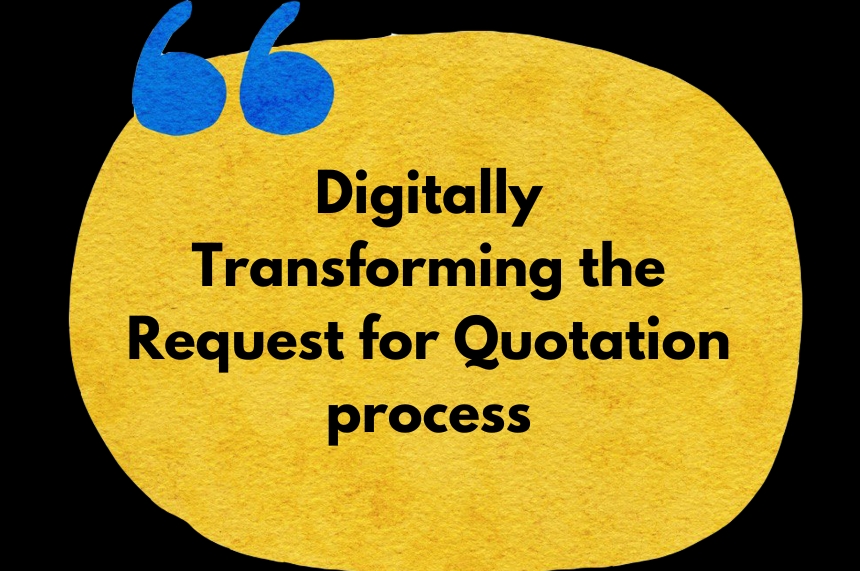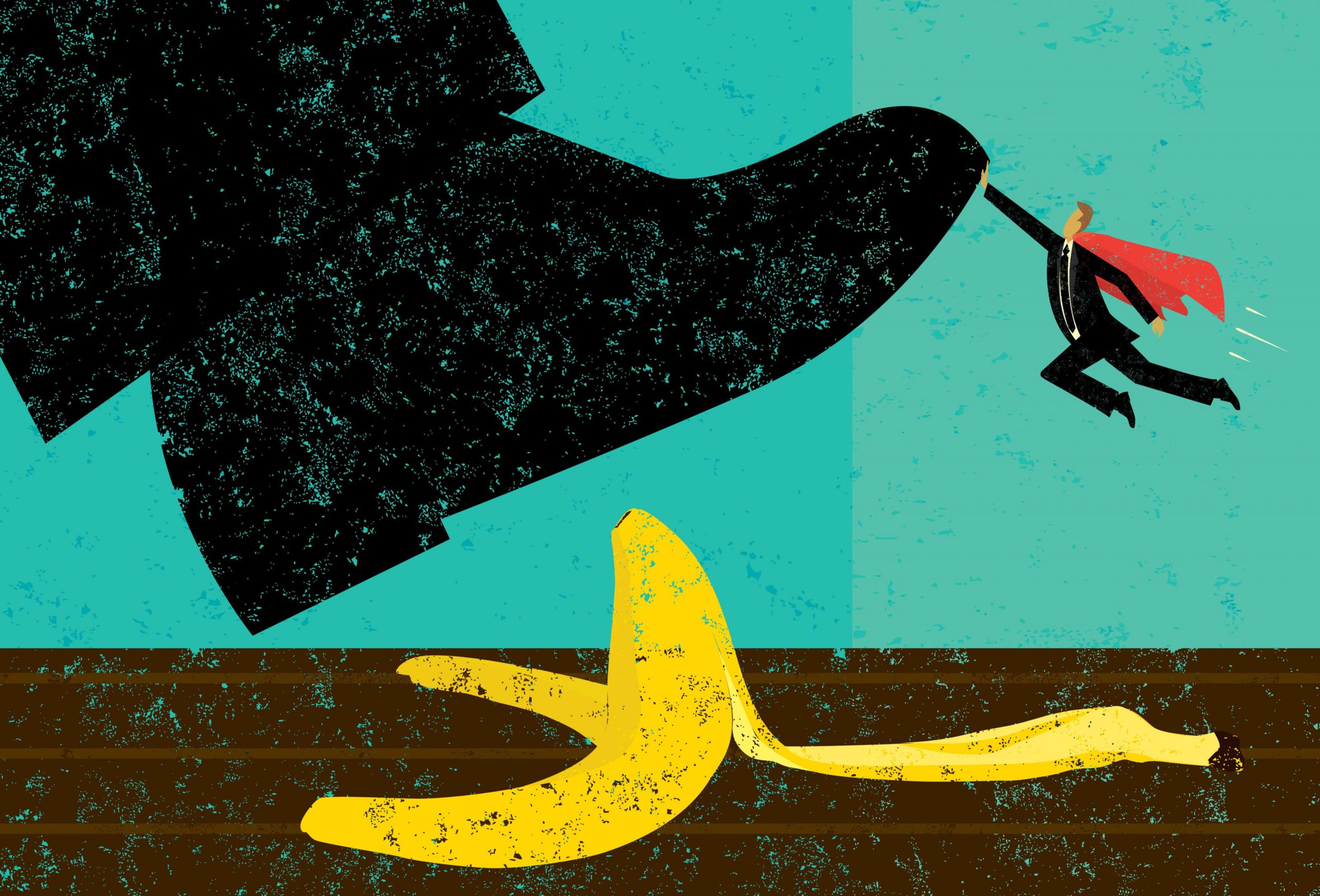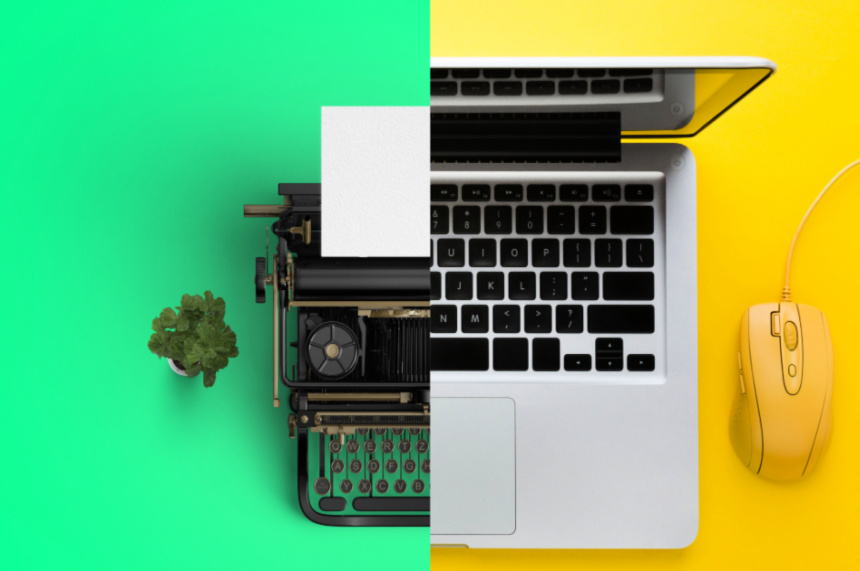Why an ERP system is not a sourcing platform
Business | June 09, 2022 | By
Almost all established companies have a well-functioning ERP system. ERPs were designed to help accounting teams monitor transactions across the enterprises and to help in financial reporting and it falls short of addressing the features of a sourcing platform.
Transactions include sales invoicing, payment receipts & Accounts Receivables, Purchase Orders, Material Receipts, Purchase invoices & Accounts Payable. Since there was significant working capital involved in maintaining inventory for production and ensuring smooth production to feed sales (revenue generation), the CFOs insisted that inventory tracking and production planning be part of the ERP.
Beyond that, all the processes within the enterprises are technical in nature and do not directly affect the accounting process. In other words, the traditional ERP was not designed for processes outside the core transactional activities of a business. As a result, initiatives to address these technical processes by customizing ERP have continued to belong and high-effort projects with very poor ROI.
For instance, when it comes to manufacturing, the sourcing process demands flexibility, adaptability, and collaboration across all industrial functions. Direct Material Source to Pay process includes Supplier Identification, RFP, RFQ, Quotation, Sourcing Selection, PO Release, Supplier Process, and part approval, supplier quality engineering and supplier quality assurance part tracking, invoice processing, and accounts payable.
In some cases, the ERP may have provisions for creating purchase requisitions or quotations from existing suppliers but not much beyond that. Hence, Sourcing teams are left to conduct the sourcing process outside the ERP systems on emails and spreadsheets. The spreadsheet is poorly equipped to handle the complexity of the sourcing process which involves constant revision of parts, frequent requoting between suppliers and vendors to name a few factors.
Direct Materials Sourcing spans multiple tiers of Suppliers and multilevel BOMs. It involves several dozens to hundreds of suppliers and several hundred line items, sometimes a few thousand, depending on the final product. Since control of the cost of goods sold is extremely critical for the success of the businesses, sourcing teams have evolved very well in managing the complexities of spreadsheets. Starting from bid collection and comparison, Spreadsheets are used for all purposes. The exchange of information between buyers and suppliers happens through emails. Though the sourcing gets completed through this method, most of the process remains opaque to the rest of the organization. There is no immediate visibility of status, spend, cost & risk. Under increasingly shorter timelines to bring new products to the market and continuous improvements in the products, the process as a whole remains inefficient and optimum costs are not arrived at.
All these points to the fact that the sourcing process needs a separate sourcing platform that handles large, complex sourcing programs, facilitate the free flow of information within the buyer organization and the suppliers, and provides visibility to all stakeholders involved. Such a platform would help capture savings and deliver value. The end result is a faster time to market. Consequently, the ROI of the product and the program also increases.
















